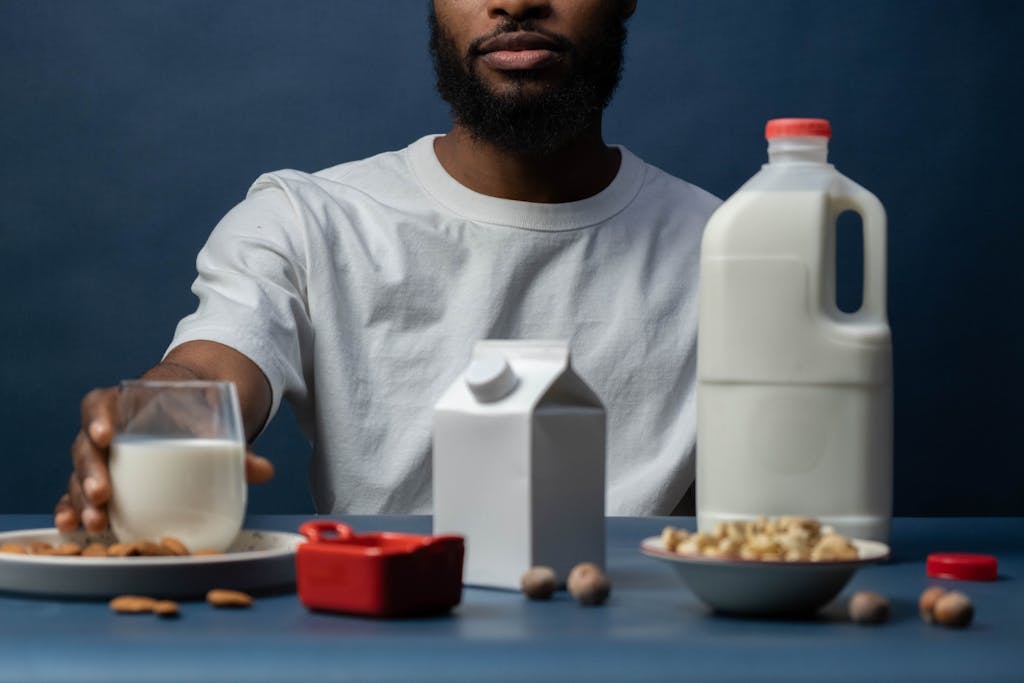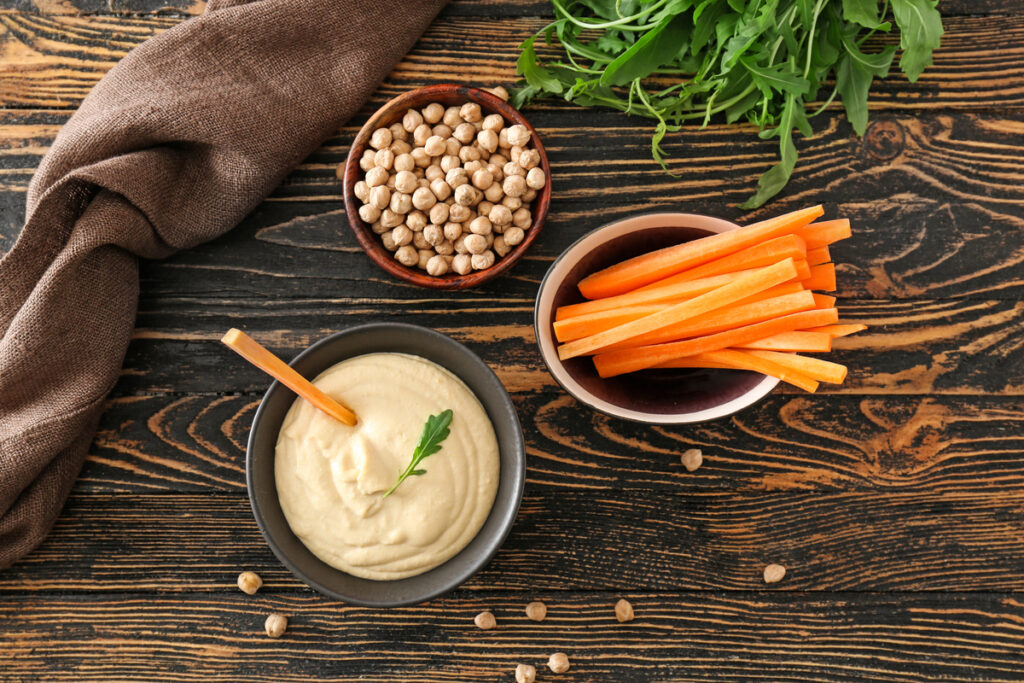What a Typical School Lunch Looked Like in the 1970s Friendly Nostalgic Guide
Growing up in the 1970s meant lunch was more than just a meal. It was a break from class, a chance to see friends, and a moment of comfort in the middle of the school day.
School cafeterias across the country served up meals that were quick, filling, and sometimes a little mysterious. The menu often leaned on processed foods, with plenty of options that kids either loved or just tolerated.
A typical school lunch in the 1970s often included processed foods like pizza slices, sloppy joes, and fish sticks. The focus was more on convenience and getting everyone fed than on nutrition.
Classic rectangle-shaped pizza slice

That rectangle-shaped pizza slice is hard to forget. Unlike the round pies you might see at a party, this pizza was baked in large sheet pans.
The shape made it easy for lunch ladies to cut and serve to a cafeteria full of hungry students. The thin crust, gooey cheese, and simple tomato sauce made for a taste you could count on.
Rectangular pans were practical for schools, fitting better in ovens and making storage simpler. This helped schools keep costs down while still serving pizza to lots of kids.
Just thinking about it, you can almost remember the warm tray and the anticipation of pizza day. For many, it was the highlight of the week.
Chicken nuggets with dipping sauce
Chicken nuggets were always a crowd-pleaser. Their crispy outside and tender inside made them a favorite for lunch.
Dipping sauces made nuggets even better. Barbecue, honey mustard, or ketchup let you pick your favorite and make each bite your own.
Nugget days were special. Kids sometimes tried to snag a few extra, hoping for a bigger helping of that crunchy snack.
Chocolate pudding dessert

Chocolate pudding was a go-to dessert. It came in small cups with a peel-off lid.
You might remember scraping every bit from the cup. The creamy, sweet pudding was a lunchtime favorite.
Sometimes pudding came topped with whipped cream, but often it was just the simple, rich chocolate. Kids would often trade for an extra cup if they could.
Cheeseburgers on a bun
Cheeseburgers showed up on the lunch tray from time to time. Usually, it was a simple beef patty with a slice of processed cheese.
The bun was soft, though sometimes on the dry side. Toppings were basic—ketchup, mustard, and maybe a pickle.
Fries or instant mashed potatoes were a common side. The meal was straightforward and filling, even if it wasn’t fancy.
The smell of a warm cheeseburger could make your day. It was a lunch many kids looked forward to, even if it wasn’t gourmet.
Fruit cocktail cups

Fruit cocktail cups were a staple side dish. They came filled with diced fruit swimming in thick syrup.
The sweetness made them feel more like dessert than fruit. Still, they were easy to eat and added some color to your tray.
Sometimes there was a bright red cherry on top. It made the cup look special, even if it was just a small treat.
Fresh fruit like apples or oranges
Fresh fruit like apples or oranges made a regular appearance. These were usually served whole or sliced, depending on the school.
Grabbing a shiny apple or juicy orange was a refreshing way to finish your meal. It was one of the healthier choices on the tray.
Fruit was often paired with a small carton of milk. This helped balance out the heavier foods and gave you a boost for the rest of the day.
Cartons of milk

Milk cartons were a fixture at lunchtime. You could choose from plain, chocolate, or strawberry flavors.
Opening the carton was a ritual, sometimes with a satisfying snap. The cool milk helped wash down salty or rich foods.
Milk was a quick source of hydration and calcium. You might remember trading flavors with friends or lining up the cartons on the table.
Handi-Snacks (cheese and crackers)
Handi-Snacks brought a little fun to lunchtime. These trays had crackers and a spreadable cheese, plus a tiny red plastic stick.
Spreading the cheese was almost like an art project. It made snack time a bit more interactive.
Handi-Snacks were easy to pack and didn’t need a fridge for a few hours. They were a mess-free, tasty choice.
Fruit roll-ups as a snack
Fruit Roll-Ups were a sweet treat that made lunch exciting. The colorful sheets of “fruit” peeled right off the plastic.
You could roll them up or cut out shapes, making snack time a little more creative. Sharing pieces with friends was part of the fun.
Even though they were mostly sugar, Fruit Roll-Ups were a lunchbox favorite. They added a pop of color and a burst of sweetness to your day.
Vegetable sides like carrot sticks

Carrot sticks often showed up as a side. They brought some crunch and color to the plate.
A little ranch dip made carrots more appealing, even for picky eaters. Celery sticks were another common veggie, sometimes served with peanut butter.
These sides helped balance out the fried main dishes. Even if you weren’t a vegetable fan, the dip made them easier to enjoy.
The Cafeteria Experience
Lunchtime wasn’t just about the food. The cafeteria itself had its own vibe and routines.
Long tables with benches or attached chairs filled the room. The space was usually bright from fluorescent lights, but rarely cozy.
Noise was everywhere—chatter, trays clattering, and the buzz of hundreds of kids. It was where you caught up with friends and made memories.
Meals were served cafeteria-style from a hot food line. Staff in aprons and hairnets worked fast to keep everyone moving.
Lunch workers scooped food onto trays or handed out sides. Some were all business, while others greeted you with a smile or a quick joke.
Nutrition and Dietary Guidelines
School lunches in the 1970s were focused on filling kids up and keeping costs low. Nutrition wasn’t the top priority, and menus leaned heavily on processed foods.
Understanding 1970s Nutritional Standards

Nutrition guidelines for school lunches were pretty relaxed. Meals were often high in fat, sugar, and salt.
Fresh fruits and vegetables weren’t served every day. Portion sizes could be large, but important vitamins and fiber were often missing.
The goal was to give kids enough energy to get through the day. Balanced nutrition was something that came later as guidelines changed.
Early Influences on School Lunch Policies
Back in the 1960s and 70s, lawmakers began to notice that school meals could use some improvement. The Child Nutrition Act of 1966 was one step toward making school food healthier and more nutritious.
Despite these efforts, schools faced real challenges. Tight budgets and limited access to fresh ingredients made it tough to serve healthier meals.
Serving lots of students quickly was often the main goal. It took some time before healthier options became a bigger focus.
By the late 1970s and into the 1980s, there was more talk about cutting down on sugar and fat in school lunches. These changes slowly started to shape the meals many students are familiar with today.







